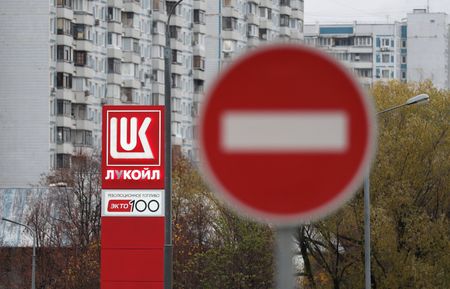By Paolo Laudani
(Reuters) -Investors and analysts will be looking for an update on Barry Callebaut’s investment plan and for any insight on chocolate consumption when the cocoa industry bellwether reports its full year results on Wednesday.
The company, whose ingredients are present in one out of four chocolate and cocoa products consumed worldwide, launched a strategic investment plan in 2023 to reduce annual costs and redirect money to areas such as research and development.
However, disruptions caused by high raw-material costs and three cuts to the company’s volume guidance this year have done anything but reassure investors that the plan will be carried out on schedule.
Consensus forecasts provided by the Swiss group do not cover fourth-quarter figures, but analysts at Zuercher Kantonalbank have estimated a 9% volume decline in the period between June and August.
“The question is how elastic is the consumer in terms of the price increases?” an investor who owns shares in Barry Callebaut told Reuters. “We expect that because of the high bean prices for 2025, the chocolate prices still have to increase … How does it affect the consumer at the end? Is he moving away from chocolate to other sweets?”
Barry Callebaut, which supplies chocolate for Unilever’s soon-to-be-spun-off Magnum ice creams and Nestle’s KitKat bars, has been buckling under pressure from near record high cocoa prices earlier this year, weak demand and uncertainty linked to U.S. tariffs.
Full year 2024/25 results are expected to confirm the company’s guidance for a 7% sales decline.
The Barry Callebaut investment story was based on a “growing outsourcing trend (in chocolate making), and now it’s all about the commodity price and the (price) volatility,” the investor said, highlighting how the company is now seen more as a cocoa trader and less as a chocolate manufacturer.
EXPOSED TO COCOA PRICES
Barry Callebaut is more exposed to cocoa price fluctuations than consumer-facing chocolate makers because it sits upstream to them in the supply chain.
As well as selling chocolate to well known chocolate brands, the firm also trades and processes cocoa beans into products like butter and powder, and sells those on to the brands.
“Movements in Barry Callebaut’s share prices hold the strongest relationship with movements in cocoa pricing relative to Mondelez and Lindt,” analysts from Berenberg said.
The Zurich-based company, which uses the futures market to lock in cocoa purchase prices and thus hedge against fluctuations in spot prices, has seen its shares gain 50% in the past six months as London cocoa futures lost almost a third of their value.
But when looking at the year as a whole, the stock had fallen 12% by the end of October.
Vontobel analyst Matteo Lindauer said that with cocoa prices now easing, he expects less pressure on Barry Callebaut’s debt levels for the 2025/26 financial year, forecasting a net debt at 5.2 times EBITDA, down from 6.5 times at the end of February.
COCOA DEMAND UNDER PRESSURE WORLDWIDE
Although easing, high cocoa prices from earlier this year are still being passed through to consumers. This has had a negative impact on demand as seen in global statistics on cocoa grinding, the process of transforming cocoa beans into butter and powder.
Third-quarter cocoa grinding slumped 4.8% in Europe, which represents roughly two-fifths of Barry Callebaut’s revenue, and sank 17% in Asia.
In North America, quarterly cocoa grind rose unexpectedly by 3%, but that was largely because two more companies reported results this year versus last.
“The issue of weak end consumption is likely to remain a concern for BC for some time to come,” Zuercher Kantonalbank analysts said.
(Reporting by Paolo Laudani in Gdansk. Editing by May Angel in London and Milla Nissi-Prussak)











